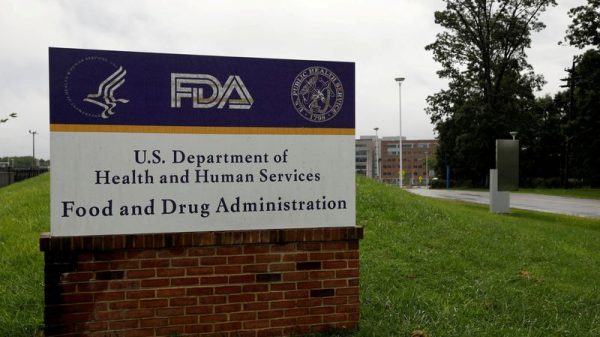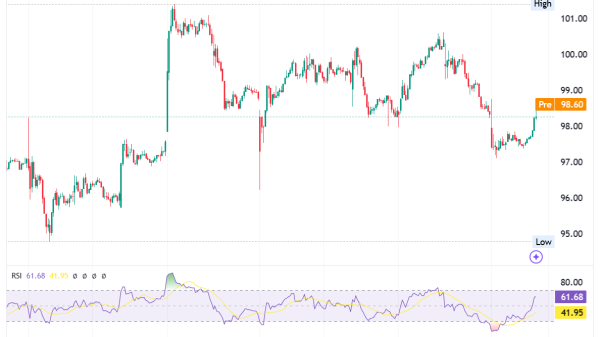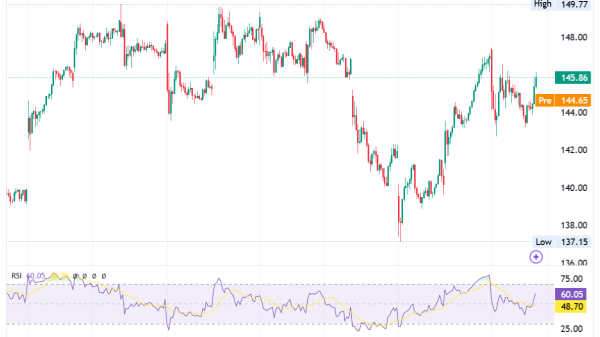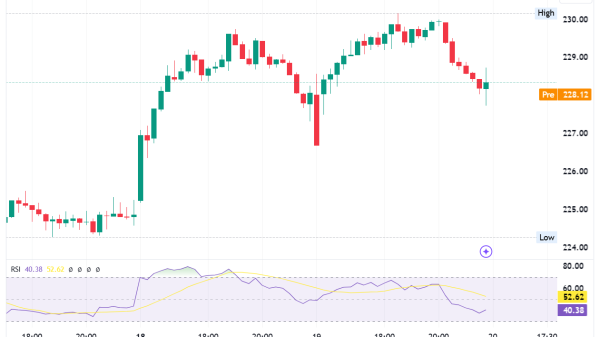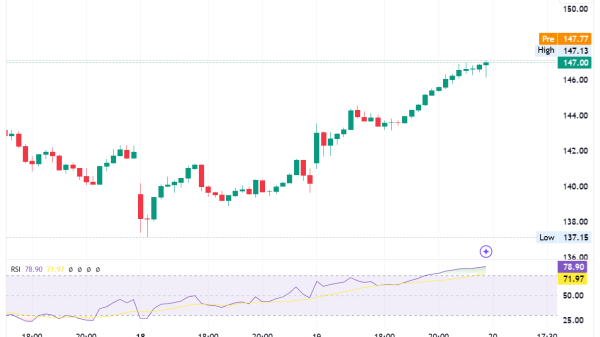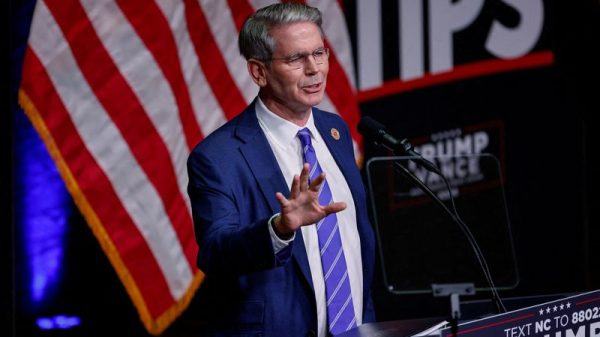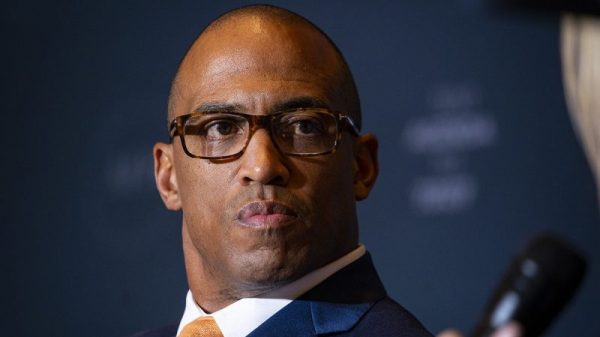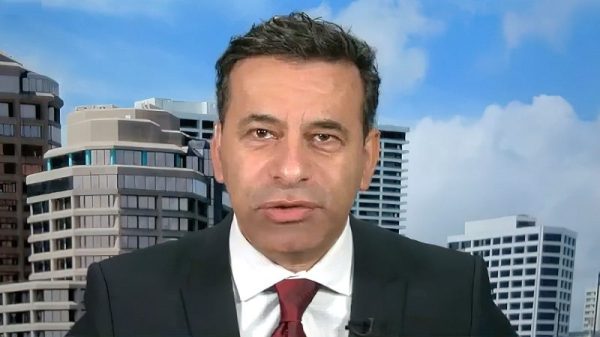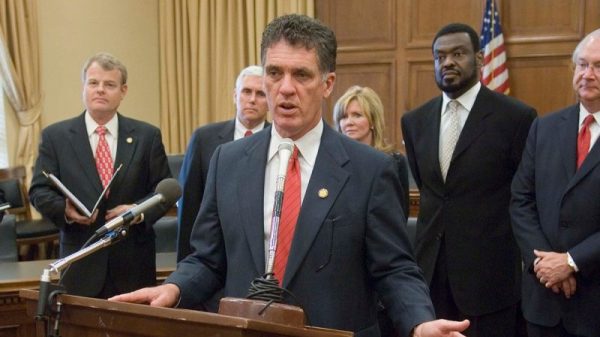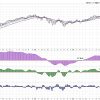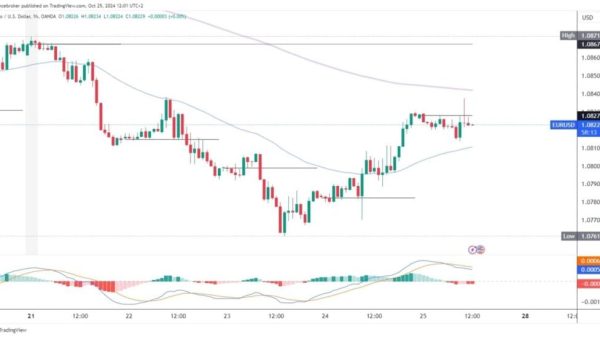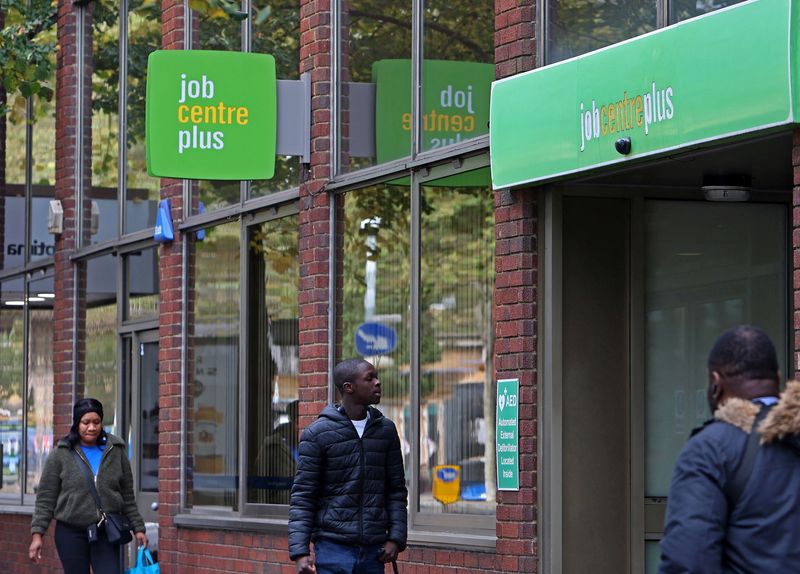
By William Schomberg
LONDON (Reuters) – Britain’s official labour market statistics may be failing to count almost 1 million people who are in work, complicating the Bank of England’s task of deciding how quickly to cut interest rates, a think tank said on Wednesday.
The Resolution Foundation said the official methodology – which is being overhauled – might also be overestimating the number of workers who have dropped out of the jobs market.
The BoE has cut rates by half a percentage point since August, less than the European Central Bank and the U.S. Federal Reserve, largely because of its worries about inflation pressures in the job market.
“Official statistics have misrepresented what has happened in the UK labour market since the pandemic, and left policymakers in the dark by painting an overly pessimistic picture of our labour market,” Adam Corlett, principal economist at the Resolution Foundation, said.
The Office for National Statistics, like agencies in other countries, has struggled to get responses to its surveys since the COVID pandemic.
BoE Governor Andrew Bailey has lamented the state of the official data, saying last week it was “a substantial problem”.
The Resolution Foundation said the ONS appeared to be underestimating growth in the number of people in work since 2019 by 930,000.
The think tank used data from the tax office, self-employment figures and new population data to make its estimate which closely tracked official employment numbers until 2020. Since then it has diverged sharply.
Corlett said the employment rate, using the foundation’s approach, probably rose to its pre-pandemic peak in 2023 before edging down in 2024 to broadly the same level as in 2019.
The official data suggests the employment rate is lower than it was in 2019, which is at odds with high vacancy rates and strong wage growth, he said.
Prime Minister Keir Starmer is aiming to get the employment rate up to 80%, up from the official estimate of 74.8% now.
“The government faces a significant challenge in aiming to raise employment, even if the rate is higher than previously thought,” Corlett said. “But crafting good policy is made harder still if the UK does not have reliable employment statistics.”










